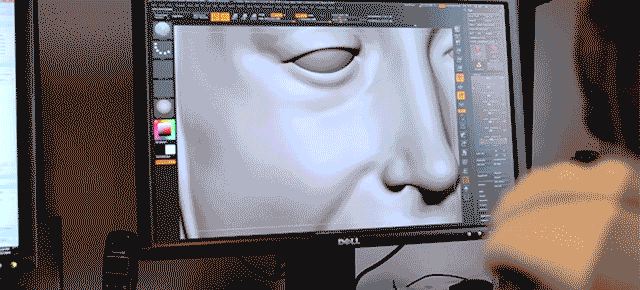They say that good artists copy and great artists steal — but artist Barry X. Ball sort of does both with his semi-unique sculptures that start where classic renaissance-era sculptors left off. The original pieces are recreated as digital models using a detailed scanning process, and then enhanced or augmented in 3D modelling software to either complete an unfinished work, or simply add to an already well-known piece.
When the new version is finished — or just waiting for a future sculptor to further add to Barry’s work — it’s reproduced in stone or marble using a painstakingly long computer-controlled milling process. A simple bust could take as long as a month to reproduce, not including additional finishing and details that have to be sculpted by hand.
The process is kind of like drawing a moustache and sideburns on the Mona Lisa, but the finished products are more likely to be exhibited in other galleries or museums, instead of remaining in an art history textbook. What’s most important, though, is that we may finally get to see what the Venus de Milo’s missing arms actually look like. [Cool Hunting]
